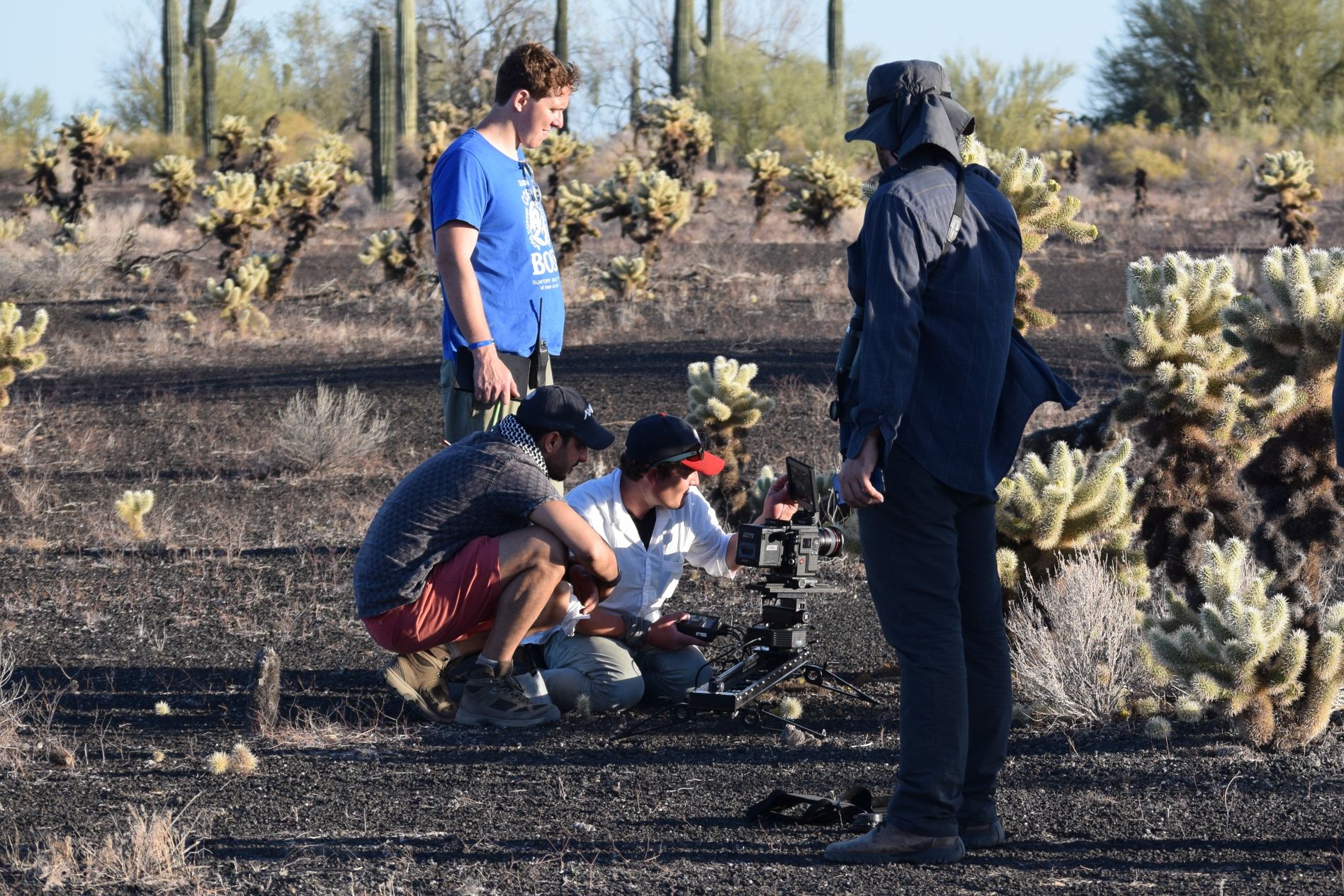Collaborations: Simple Waltz or Complex Tango?

The Doc Society’s Impact Field Guide & Toolkit provides concrete ways for filmmakers to work hand-in-hand with those who have strategic expertise in reaching, engaging and motivating audiences. In our conversations with Participant Media and others, most impact strategists are quick to say that the creative team should have total artistic control. At the same time, filmmakers are recognizing the value of working early on with those who understand how to navigate and achieve meaningful impact, from raising general awareness to micro-targeted activism. The dance between creative and outreach teams can be challenging. Whether a simple waltz or a complex tango, aligned goals, trust, and carefully delineated roles are essential.
In his film Nómadas (2020) (See Case Study), Mexican director Emiliano Ruprah was adamant about using an all Mexican crew and views this as an integral way of creating impact. He notes how films that feature Mexico rarely use Mexican crews or acknowledge the residents. Ruprah worked with local filmmakers, training them on ethics in wildlife filmmaking and the use of specialized equipment. During production, they lived with those protecting the forests, learning from their experiences and making genuine connections, rather than at a hotel. Ruprah hopes this film will provide a model that inspires more environmental films by Mexican filmmakers. The film will be theatrically released across Mexico to engage residents in the country’s rich biodiversity and to promote local conservation.
The team for Our Gorongosa (2019) (See Case Study) included HHMI/Tangled Bank Studios and USAID, who helped hone the conservation and community development messages from the early stages of development through outreach and distribution. They worked to ensure authentic representation of the issues, voices and perspectives by forming a Mozambican editorial committee. To enable Mozambicans to tell their own stories, they provided cameras, such as GoPros, to the local community to film their daily lives. The creative and outreach impact goals align to immerse audiences through awe-inspiring footage and personal stories. Using Gorongosa National Park as a model, the impact team engages policymakers and communities to safeguard protected wildlife areas and build a sustainable future.
Sea of Shadows (2019) (See Case Study) is a complex collaborative model. It spotlights the survival of the world’s most endangered marine mammal, the small vaquita marina whale. Yet, its layered narrative combines much more: the conservation story of a highly endangered species, the investigative story of corruption and wildlife crime, and the local community story of poverty and lack of options. The filmmakers worked with an impact producer early on to create a narrative and an outreach strategy that would go beyond the core eco-audience, by framing wildlife crime as a global security threat and by involving locals to voice obstacles to change. The impact campaign includes top-down, grassroots, and public activation strategies that were conceived through a comprehensive, systemic approach.
Up Next